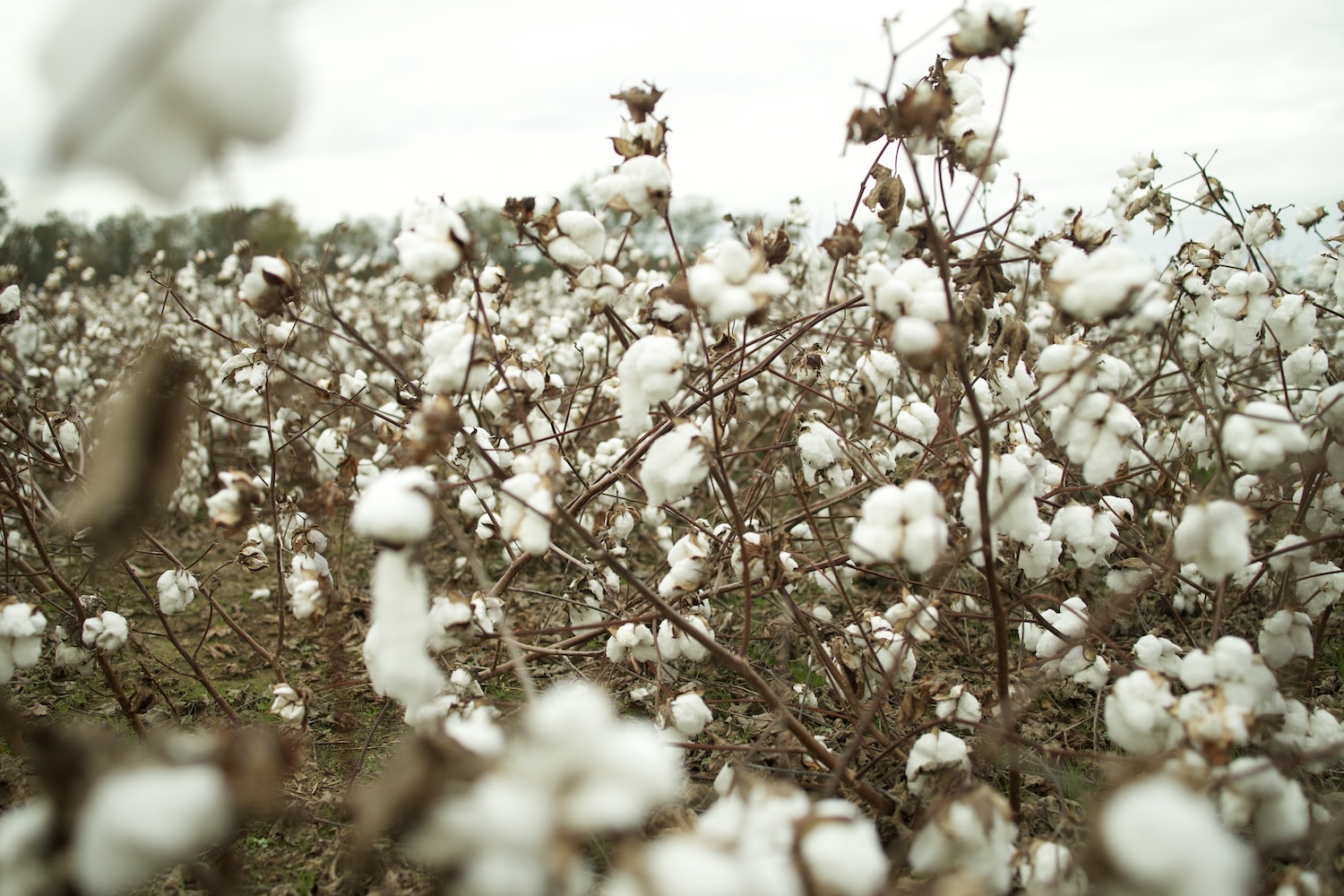

Profits and Resilience in the Coastal Plains
Project Overview
From 2015 to 2022, Bruce Price & Sons Farm adopted Soil Health Management Systems (SHMS) to enhance soil quality, reduce input costs, and improve economic resilience. Key regenerative practices included no-till farming, diverse crop rotations, cover cropping, reduced synthetic fertilizers, and the use of chicken litter. This study evaluates the long-term impacts on soil health, crop yields, and financial sustainability.
The Study
Researchers monitored soil chemistry, organic matter, and crop performance at 31 GPS-tracked sample sites annually over eight years. The study compared two farms:
- The main study site, which utilized SHMS and chicken litter
- “Little Tommy” farm, which followed similar practices but excluded chicken litter
By tracking input costs, crop yields, and soil health metrics, this research provides real-world, long-term insights into the economic and agronomic viability of regenerative agriculture—a perspective often missing from short-term studies.



Soil Health Improvements
One of the most significant outcomes of the study was the increase in soil organic matter, a key indicator of soil fertility and water retention.
- At the main study site, organic matter rose from 1.81% to 2.27%, adding 9,200 pounds of organic matter per acre in the top six inches of soil.
- The "Little Tommy" farm, which did not use chicken litter, also saw a modest increase from 1.88% to 2.02%—a positive, albeit statistically insignificant, gain.
Nutrient Stability & Soil pH
Macronutrient levels, including phosphorus, potassium, calcium, and magnesium, remained stable or improved at the main study site. Notably, potassium increased from “medium” to “sufficient”according to Clemson University’s Soil Test Rating System.
In contrast, the "Little Tommy" farm saw a decline in macronutrient levels, though they remained within sufficient ranges, demonstrating the resilience of regenerative practices even with reduced synthetic inputs. Soil pH remained stable at both sites, countering conventional concerns about acidification.

Yield Performance
Despite reducing synthetic fertilizers and chemical inputs, the farm maintained or improved crop yields, demonstrating the effectiveness of regenerative agriculture in large-scale row crop production.
- Record yields for corn (179 bushels per acre) and cotton (1,084 pounds per acre) were achieved in 2023, outside the study period.
- Wheat and double-cropped soybeans also performed well, with no evidence of yield penalties despite reduced inputs.
- Relative yields consistently matched or exceeded county and state averages, reinforcing the economic and agronomic viability of SHMS.

Cost Savings: A Financially Sustainable Approach
Implementing SHMS led to substantial cost reductions by cutting synthetic fertilizers, lime, and chemical inputs:
- The main study site saved an average of $62 per acre annually.
- The "Little Tommy" farm, which avoided the cost of chicken litter, saved $103 per acre annually.
- Over eight years, total savings reached $2.8 million, demonstrating that regenerative agriculture is both environmentally and financially sustainable.

Environmental Benefits: Reducing Runoff & Enhancing Soil Resilience
By adopting SHMS, Bruce Price & Sons Farm significantly reduced its environmental footprint:
- Lower reliance on synthetic fertilizers minimized nutrient runoff, protecting local waterways from pollution.
- Increased soil organic matter and improved structure enhanced water retention, reducing erosion and soil degradation.
- These improvements strengthen long-term soil resilience, ensuring sustainable productivity for future generations.

The Conclusion: A Roadmap for Sustainable Farming
The Bruce Price & Sons case study challenges the perception that regenerative agriculture is impractical for large-scale farms. Over eight years, the farm:
✔ Improved soil health
✔ Maintained or increased crop yields
✔ Reduced input costs by $2.8 million
✔ Enhanced environmental sustainability
This study provides compelling evidence that investing in soil health management systems (SHMS) delivers long-term economic and agronomic benefits. As more farmers explore sustainable and regenerative farming, this case study serves as a blueprint for profitability, resilience, and environmental stewardship.
Downloadable Resources
Discover supporting documents from this project

Cotton Country Conservation Fact Sheet


